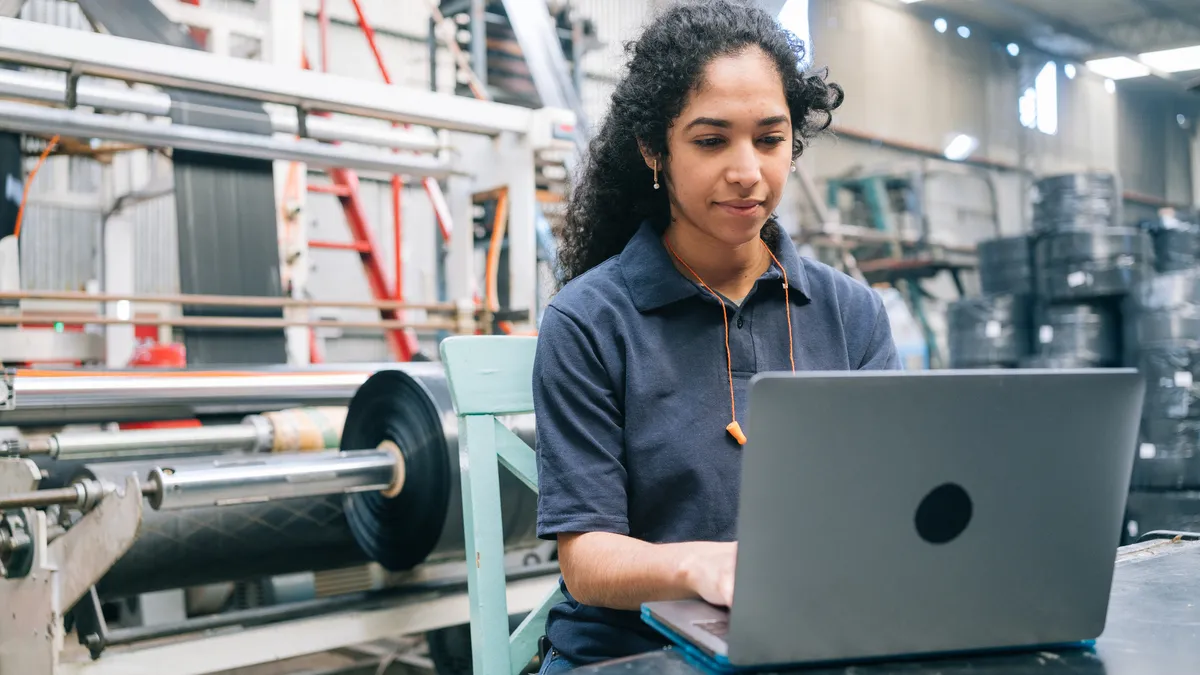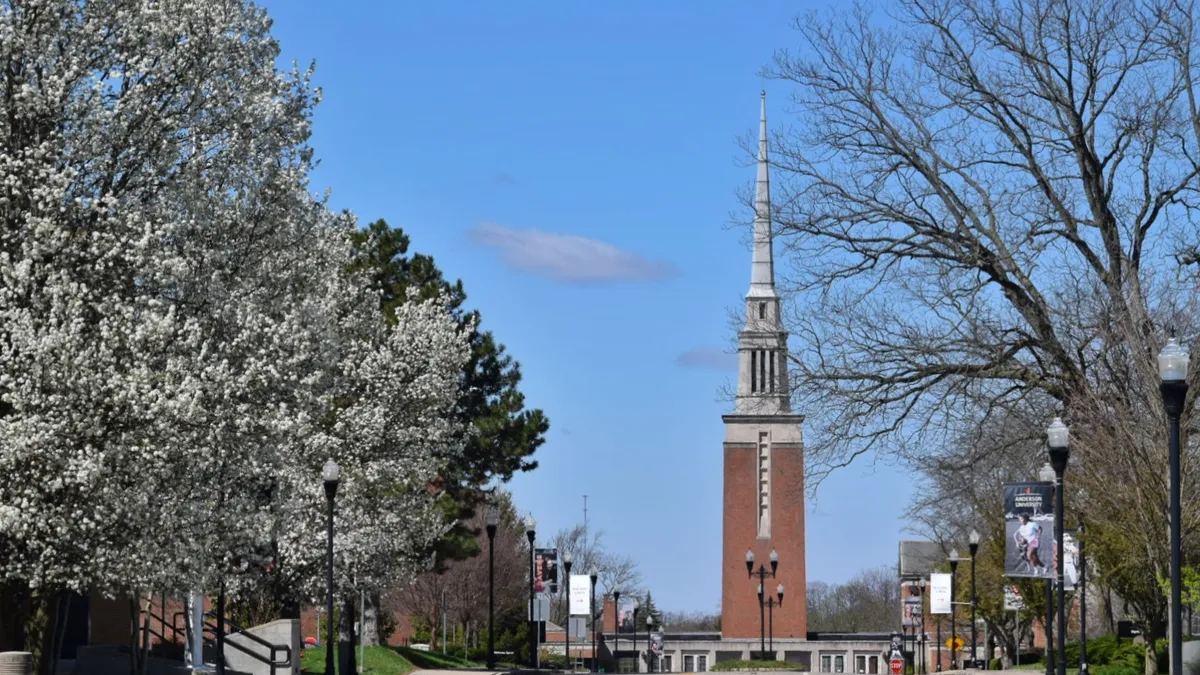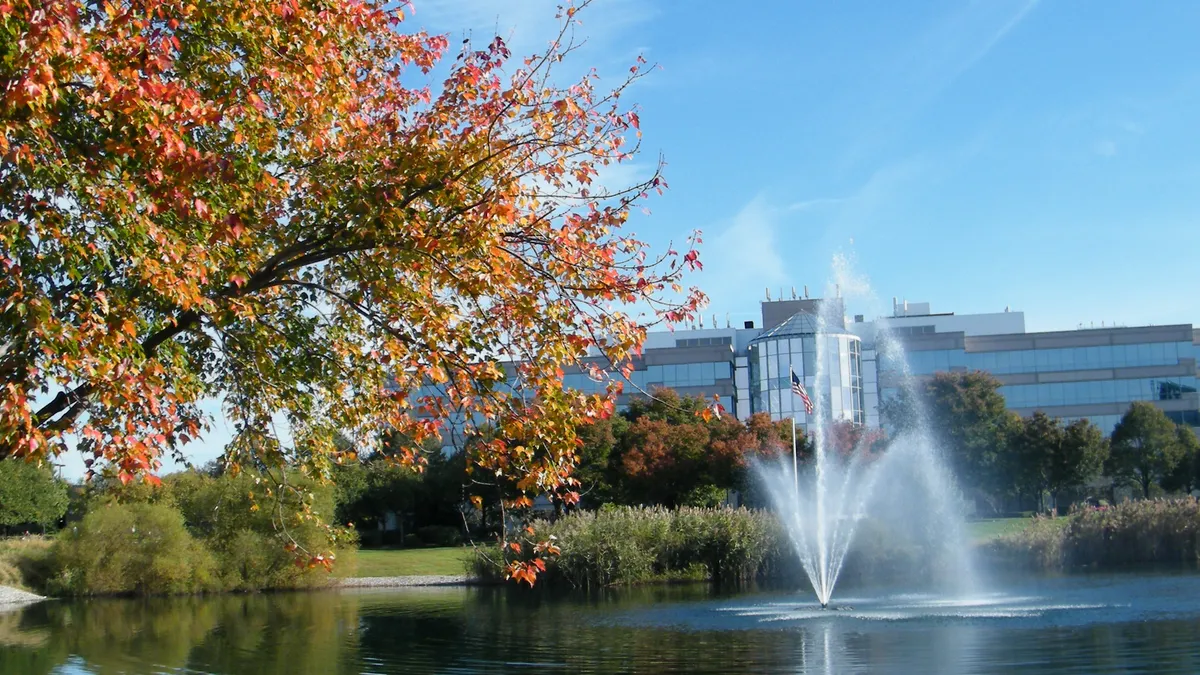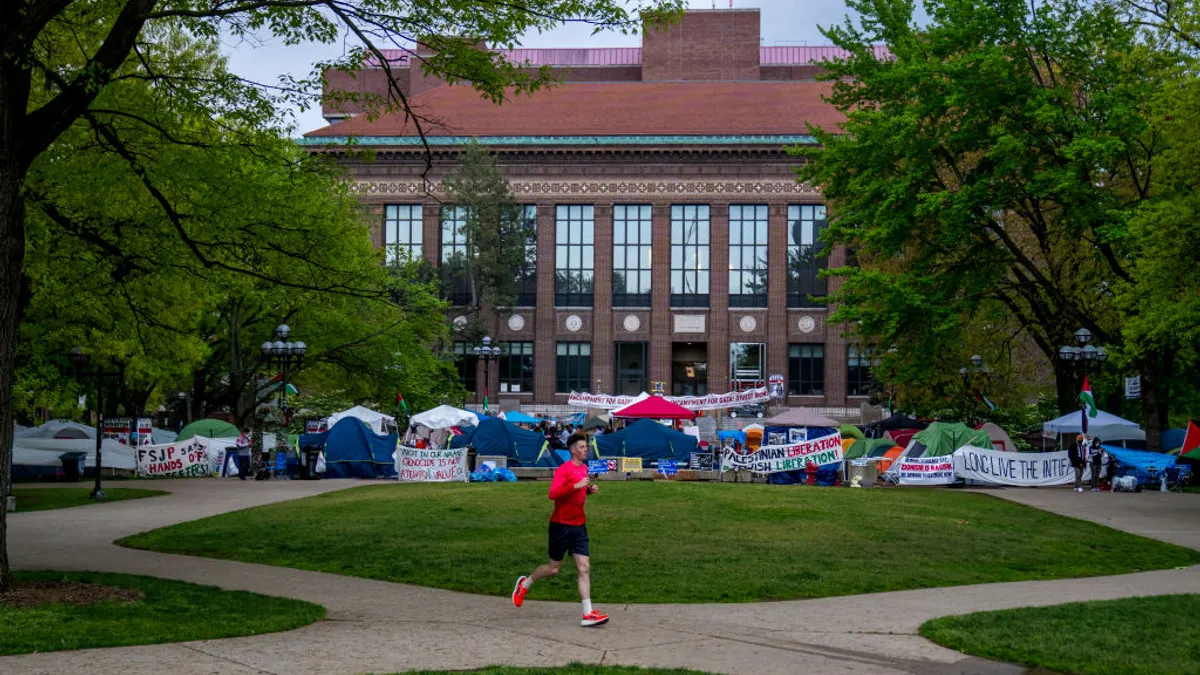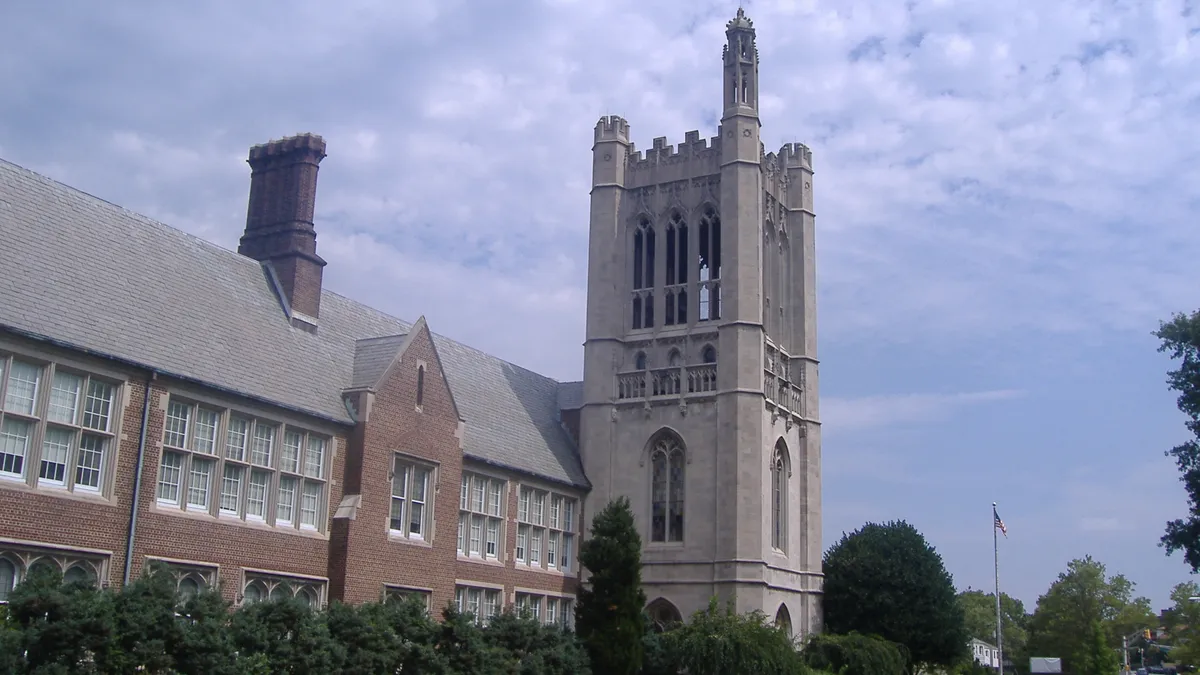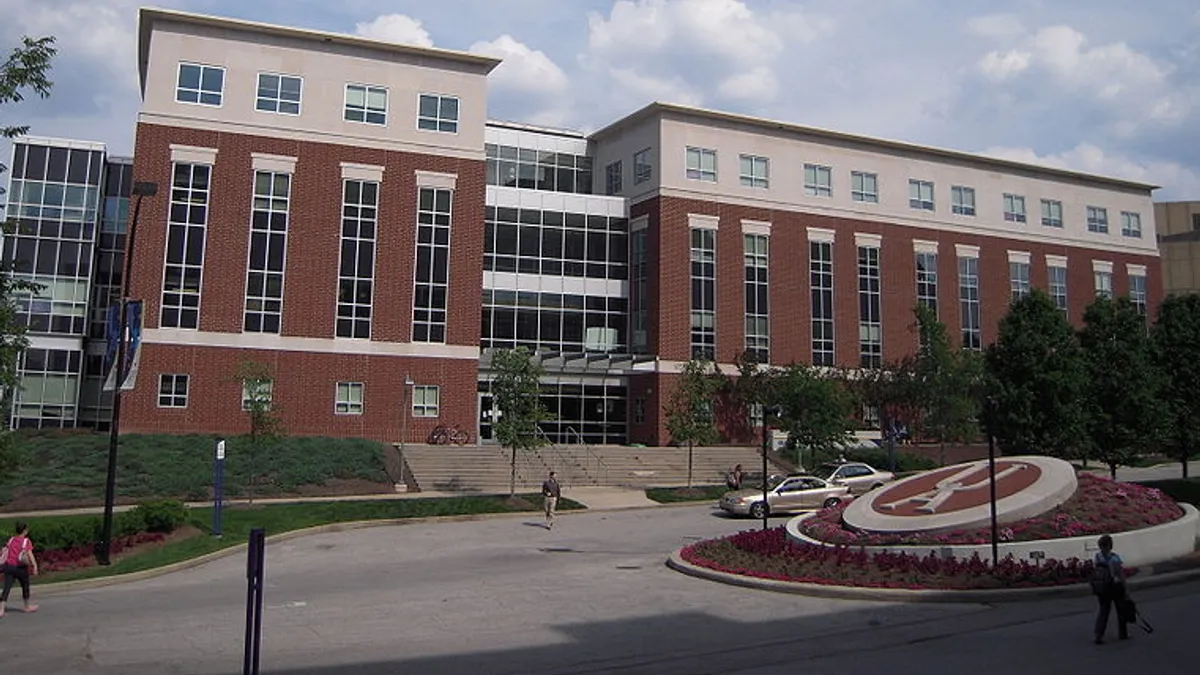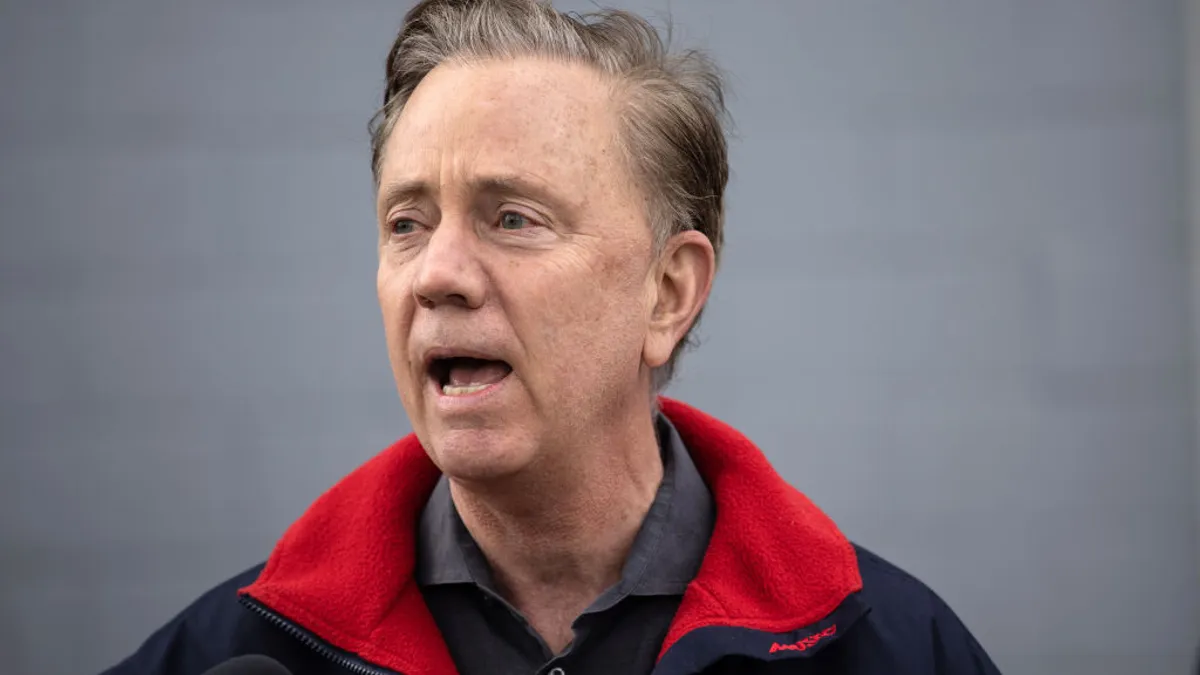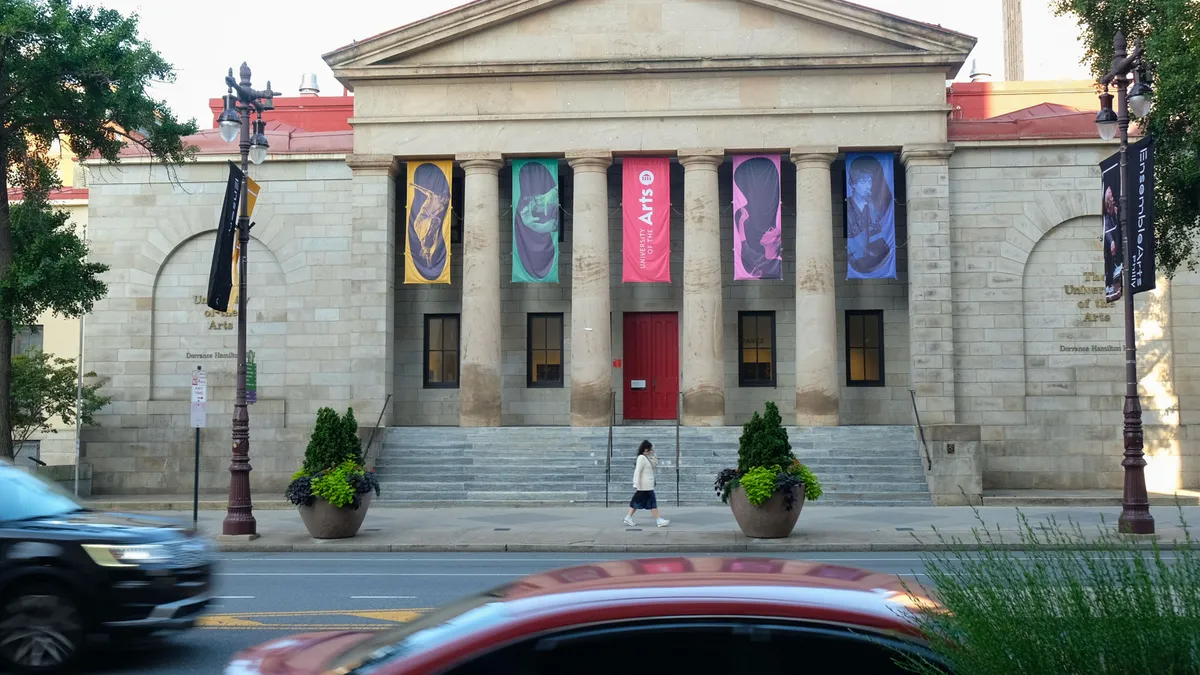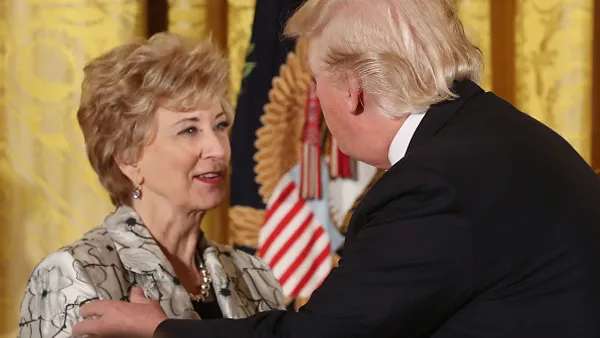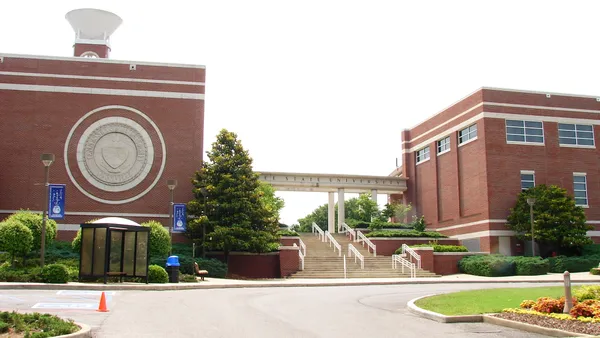Anne Khademian is executive director of the Universities at Shady Grove, which is a regional higher education center of the University System of Maryland and a nontraditional campus that offers undergraduate and graduate degree programs from nine different state universities.
While many college leaders are especially worried about the fiscal challenge from lower enrollment, my takeaway is different: These numbers are further cause to rethink what higher education means in the first place, which presents a huge opportunity to build new models of higher ed for the majority of American high school graduates.
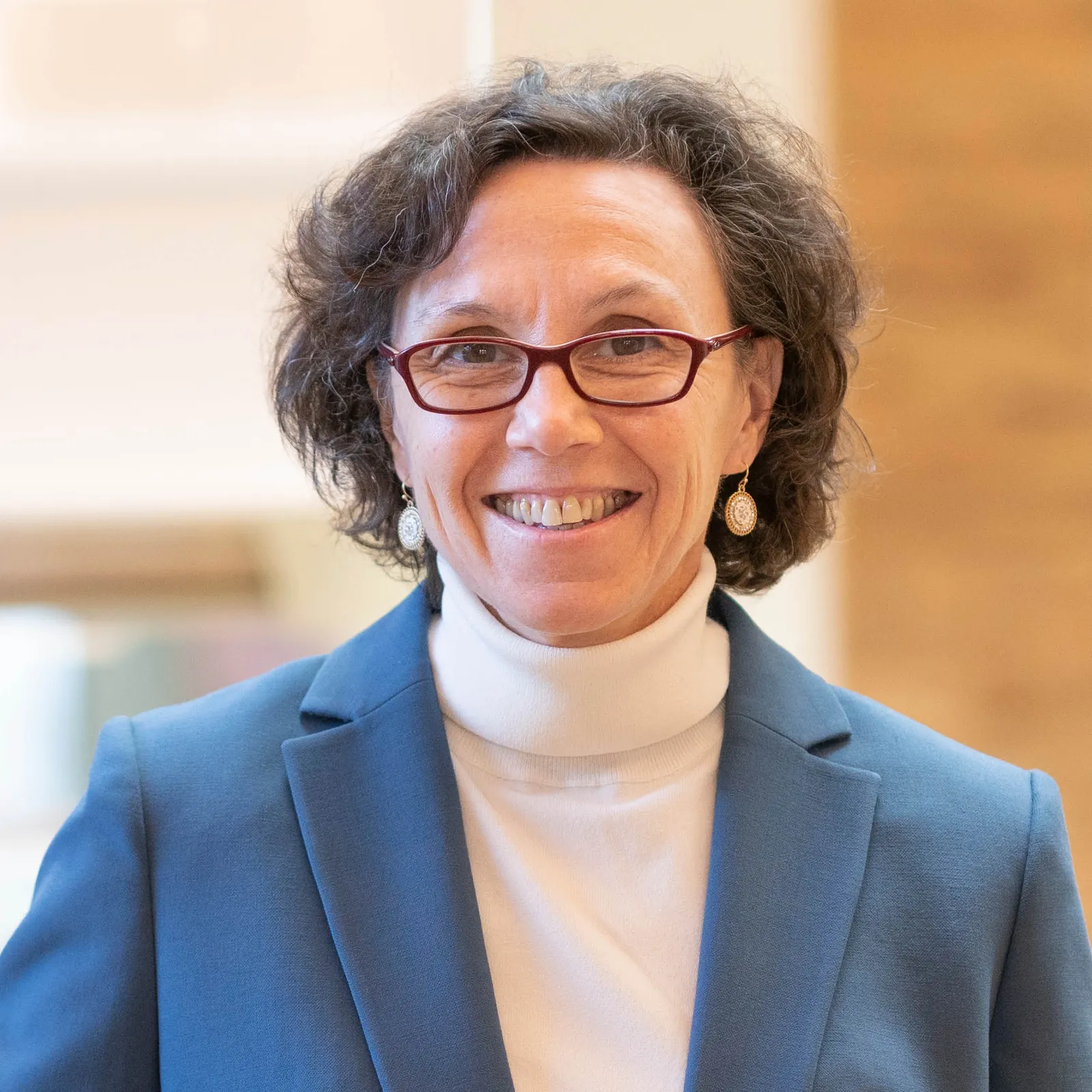
The pandemic didn’t cause the “enrollment crisis,” it amplified it. Costs are rising and student debt has escalated. Obstacles to admission and transfers confront low-income, underserved and nontraditional students. Uncertainty looms over whether a college degree will result in a job with a sustainable family wage.
Consider that 74% of students in higher education today are nontraditional — they work, they have family commitments, they are financing their own education, and many are the first in their families to go to college. While many of these students will persist in traditional four-year institutions, we must recognize that living on a four-year campus, or even studying for four consecutive years, is not in the cards for many students.
More critically, the K-12 educational experience for many does not align with the requirements for college admission, particularly in high-demand STEM disciplines and the health sciences. And surveys of employers report that as many as 60% of new employees lack critical thinking skills and other career capacities.
The enrollment crisis — indeed the workforce crisis — cannot be fixed by more aggressively recruiting students who already plan to attend four-year institutions. Nor can it be solved by appealing to nontraditional students by tweaking longstanding practices — by eliminating fees, eliminating the need for SATs, special programs to support first-generation students on traditional campuses, and so on.
We need less tweaking and more rethinking of how to deliver greater access, affordability and equity in higher education, and we must do it at scale. We need a new paradigm for the majority of students in higher education today that commits to meaningful employment and sustainable-wage careers upon completion of a degree or credential.
Consider the work of the Sports Innovation Lab, founded by Angela Ruggiero, a four-time ice hockey Olympian. The business of sports, she argues, is built on an understanding of the “traditional fan” — a dedicated follower of a sports team who holds season tickets and purchases team-branded merchandise, follows their team on networks and passes on the tradition through family generations.
In contrast, the “fluid fan,” as she terms it, follows individual athletes, as well as teams. They turn to social media, not the networks; they follow sports on their phones, not their TVs; they are constantly creating and sharing their own content; and they value what a team and an individual athlete stand for, sometimes over winning. They are open to change, empowered digitally to choose, and continuously evolving in their preferences for new content and new sports experiences. The challenge for the business of sports, argues Ruggiero, is to adapt to serve the future fluid fan.
The challenge is the same for the business of higher education in serving future, more fluid students — and today’s nontraditional students. Many need to flow in and out of jobs and education, rather than pursue a degree in two or four years. Increasingly, they will seek to direct their educational experience toward personalized career opportunities, while stacking and banking credentials and experience into degrees.
They will want choices to study virtually, in person, and in applied experiential settings. And an institutional ranking and record of degree completion may be less relevant than the support they receive to achieve meaningful employment related to their areas of study.
To get from here to there, to genuinely scale new opportunities, we need to act very differently from how we have in the past. Here’s what we can do:
Liberate ourselves to make real change: No more tweaking at the margins. Put the needs of nontraditional students, not our institutions, at the center of our innovation, and apply what we learn across higher education. Test ways to build earned credentials (certificates, badges, coursework) into degrees; build banks of experience (on-the-job training, internships) that earn credit; admit students simultaneously to two- and four-year institutions; guarantee transfer agreements so students don’t take numerous courses that don’t transfer into a four-year degree; set goals for meaningful employment upon graduation; and work collectively to measure our progress and hold ourselves accountable for the outcome.
Build career-bound pathways: In this collaborative effort, let’s be intentional about building pathways of learning that present clear choices and advance a student’s potential for a meaningful sustainable-wage career. Plan less for disciplines and individual degrees, and more for clusters of degrees and credentials that create broad opportunities for meaningful employment. This will require greater collaboration in planning across K-12 and two- and four-year higher education institutions. It will also require hiring more student mentors or counselors to support individual students.
Engage more inclusively with employers: Partner with local and regional employers to invest in scholarships, to serve as mentors, to develop experiential learning opportunities, and to help shape curricula that meets evolving, technology-driven workforce needs. And help employers to understand the values and priorities of the future, fluid student.
More aggressively support students with wraparound support: Address food insecurity, mental health and wellness, emergency financial needs, cultural needs and a host of challenges particular to low-income people of color in this country. Not doing this will mean that students emerging from COVID isolation and facing preexisting personal challenges simply aren’t able to focus on learning.
Focus on career readiness: Redefine traditional student services to build career-ready skills, such as equity and inclusion, leadership, teamwork, digital literacy, oral and written communication, critical thinking, and experiential learning.
Measure and assess the impact of taking these steps and drive more innovation: Use up-to-date data to measure student success, workforce readiness, meaningful job placement, and ultimately, wealth-building in our communities. We must measure our progress and hold ourselves accountable.
To serve the majority of our future students and to address equity, affordability and access at scale, we need a commitment to deliver on meaningful employment and sustainable-wage careers. We owe this to students. The future health and prosperity of their families and our economy is at stake.


